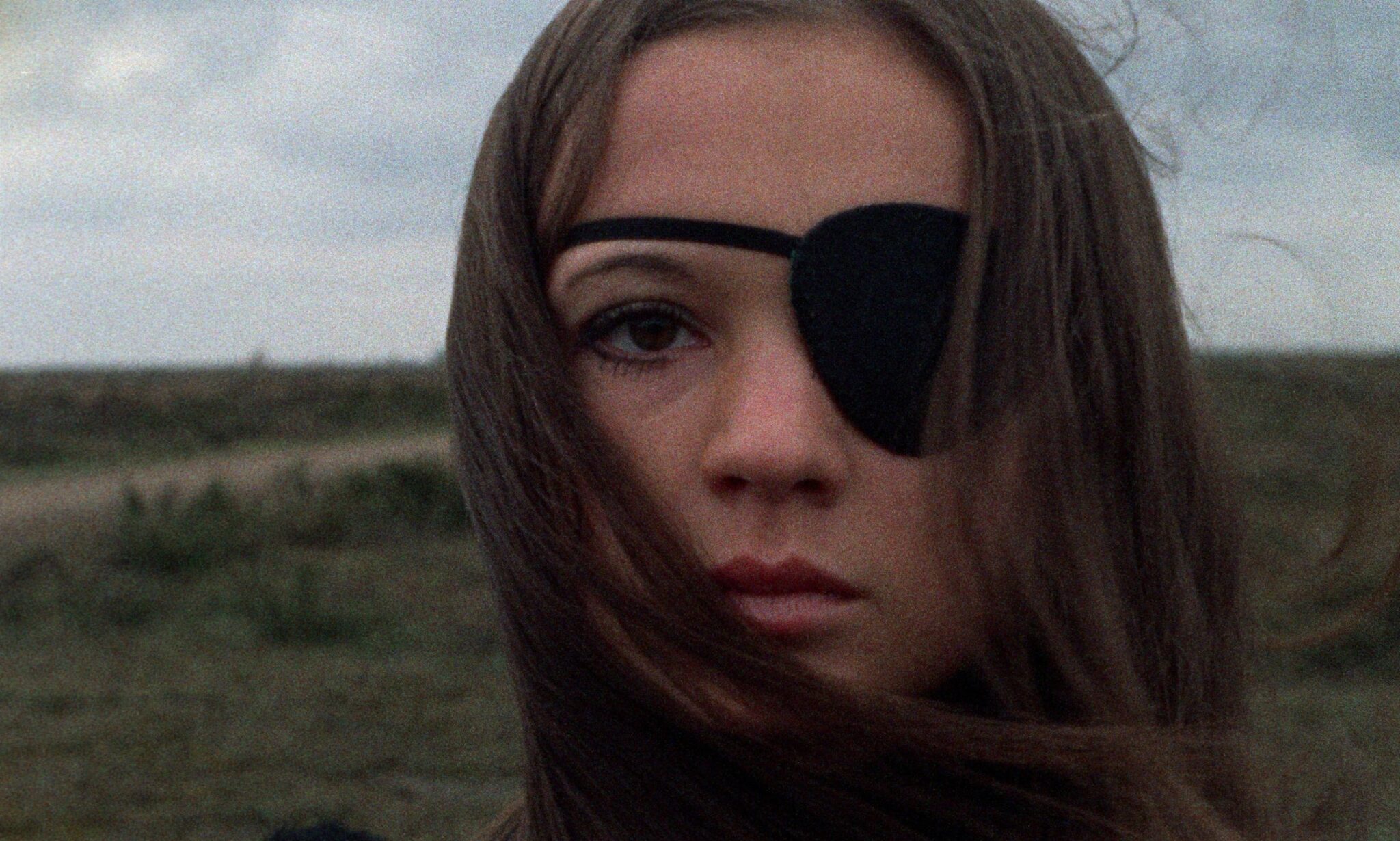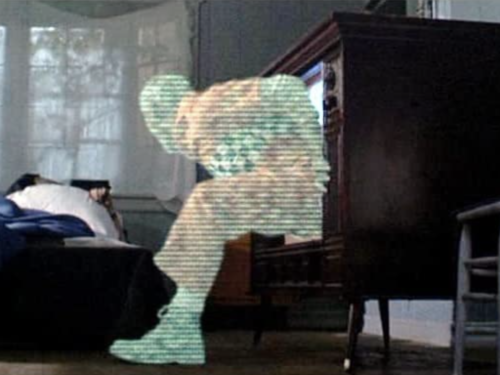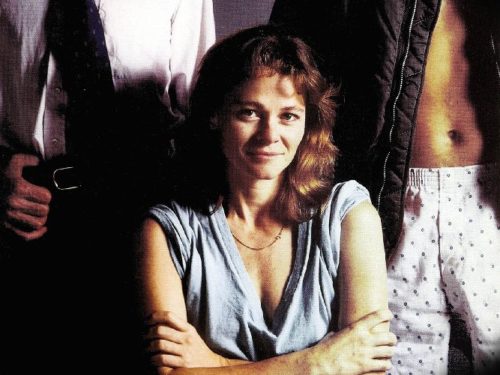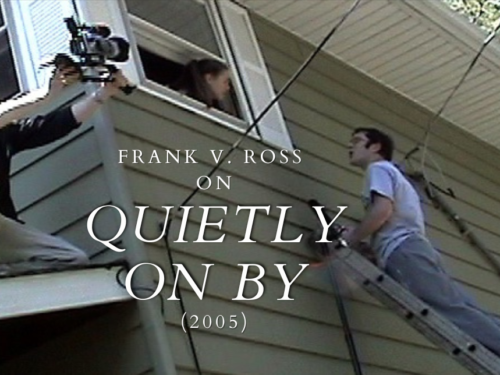The work of a filmmaker forced to compromise yet unwilling to make anything other than an uncompromising film, Thriller remains an unrelenting classic of grindhouse cinema
Thriller is one of the coldest films out there. The film’s legacy is weighted with great hyperbole, and I believe its extreme chilliness is the correct tone to highlight, for Thriller’s reputation tends to mislead many viewers. Some of the blame for this can be politely tossed at Quentin Tarantino, who has been a vocal appreciator of the Swedish film, describing it as “the roughest revenge movie ever made.” The film certainly is rough — it is incredibly violent, it features graphic sex, and shows humankind at its absolute worst — but considering Tarantino’s word choice in relation to Kill Bill, his own revenge romp that Thriller had its most direct influence on, his version of rough tends to build a false picture of Thriller as a wild and entertaining exploitation flick. His appreciation for the film is certainly genuine, but Bo Arne Vibenius’ film is something very different and more challenging than these connections might suggest.
Considering its harrowing subject matter, Thriller’s coldness is ultimately a sign of sincerity. This movie rightfully never lets its viewers off the hook. It begins with a young girl, Madeleine, being sexually assaulted by an older man in an idyllic countryside setting. Immediately, the beautiful color palette that is established — autumnal yellows, reds, and oranges — becomes tainted through the ghastly scene; its rich, golden hues carry with them the putrid memory as they haunt Madeleine throughout the rest of the film. The beauty associated with the fall colors, if not entirely lost, seems to rot before our eyes. The traumatic encounter causes Madeleine to become mute. Years later, while living on her parents’ farm, she misses her bus one day and is picked up by Tony (Heinz Hopf), who convinces her to step into his fancy sports car for a ride. He wines and dines her, and eventually lures her back to an apartment. Tony proves to be a monster — a pimp who kidnaps Madeleine, gets her hooked on heroin, and forces her into a prostitution ring. What wasn’t stolen from her during her first experience with abuse, is torn away for good by the evil pimp. He even goes so far as to forge a runaway letter to Madeleine’s parents that berates them so harshly that the shock leads them both to suicide.
At first, Madeleine rebels. She fights back against Tony and leaves her first client bloody. As retribution, Tony gouges out one of her eyeballs. Donning her now infamous eyepatch, she becomes reserved. Madeleine goes along with whatever humiliating and cruel actions Tony and her various male and female customers desire of her. But all along, she is planning her escape and revenge. Due to her good behavior, Tony grants her an allowance and time off under the expectation that she couldn’t survive long without his supply of heroin to feed her addiction. But Madeleine is more resourceful than he could ever imagine — she finds her own supplier to fuel her drug habit while she trains in martial arts, gun skills, and driving. Her vengeance proves to be swift and merciless.
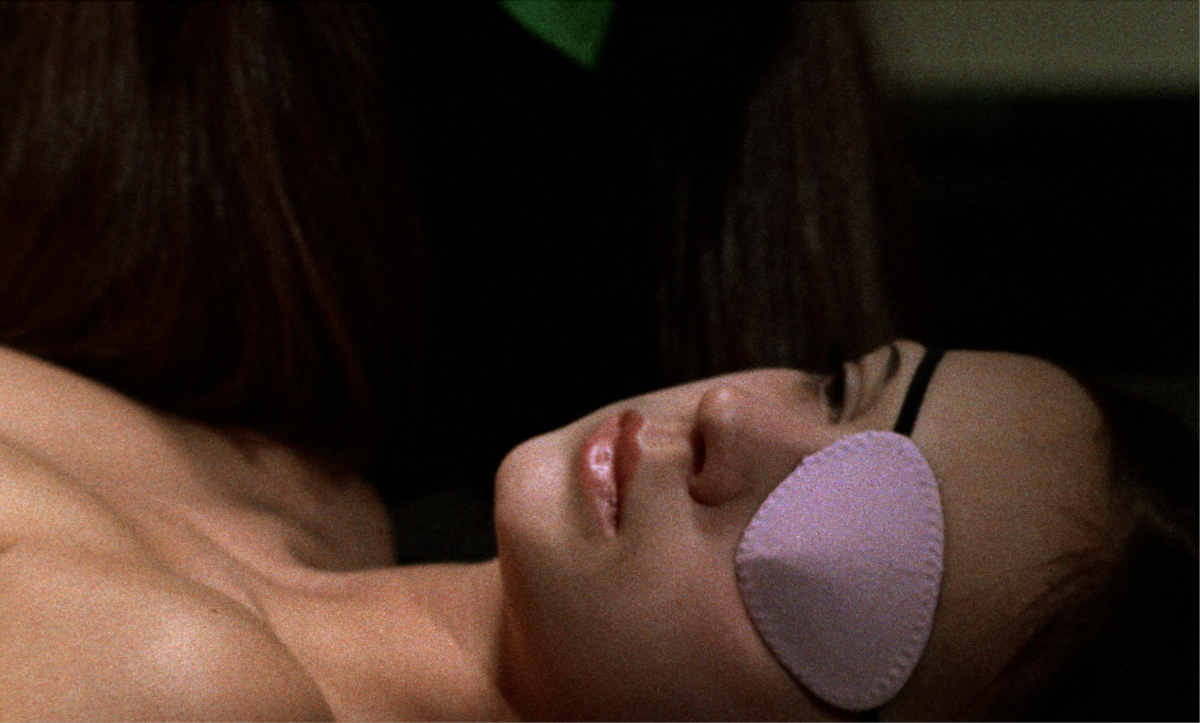
The film came from a dark place for its creator. Bo Arne Vibenius was one of the most promising Swedish filmmakers of his era. He was the youngest student to ever be accepted at the Swedish Film School and worked with Ingmar Bergman, during one of his greatest periods, as a unit manager on Persona (1966) and Hour of the Wolf (1968). Vibenius was artistically ambitious and clearly on a promising trajectory. He soon directed his first feature, Hur Marie träffade Fredrik (How Marie Met Fredrik, 1969), a zany children-on-the-run fantasy. Playing festivals and earning positive reviews, the film had its share of acclaim, but bombed at the box office. As the legend goes, following the financial failure of his debut, and with a family to support, Vibenius vowed to make “the most commercial film ever made,” or, as quoted elsewhere, “a commercial-as-hell crap-film.” He wrote Thriller in a flurry — allegedly typing until his fingers bled — and took time off from his job in advertising to shoot the film with a small crew. Directing under a false name, he cast Christina Lindberg, who at the time was one of Sweden’s most famous cover girls and sexploitation film stars. In a recently recorded interview, Lindberg says she took the role in Thriller as an opportunity for “revenge” on her past films, which she felt asked little of her other than to take off her clothes. She related to the character and sensed that the film was doing something different and threw herself into the role.
Considering Thriller is what came from Vibenius’ goal of making some kind of ultimate commercial film, the results demonstrate a very cynical, yet not incorrect, view of popular culture. And while Vibenius would shoot fast and cheap, Thriller is certainly ambitious. With often astonishing style, Vibenius ramps up all the sex and violence of typical exploitation fare, but in a way that boils the elements down for a disturbing effect and a tone that registers somewhere between somber and furious. This treatment poses challenging questions to the film’s audience — well, at least to more thoughtful viewers — on what it is they really want to be “entertained” by in these types of pictures. Its full title — Thriller – A Cruel Picture — seems to suggest what audiences say they want and Vibenius’ idea of what they truly desire.
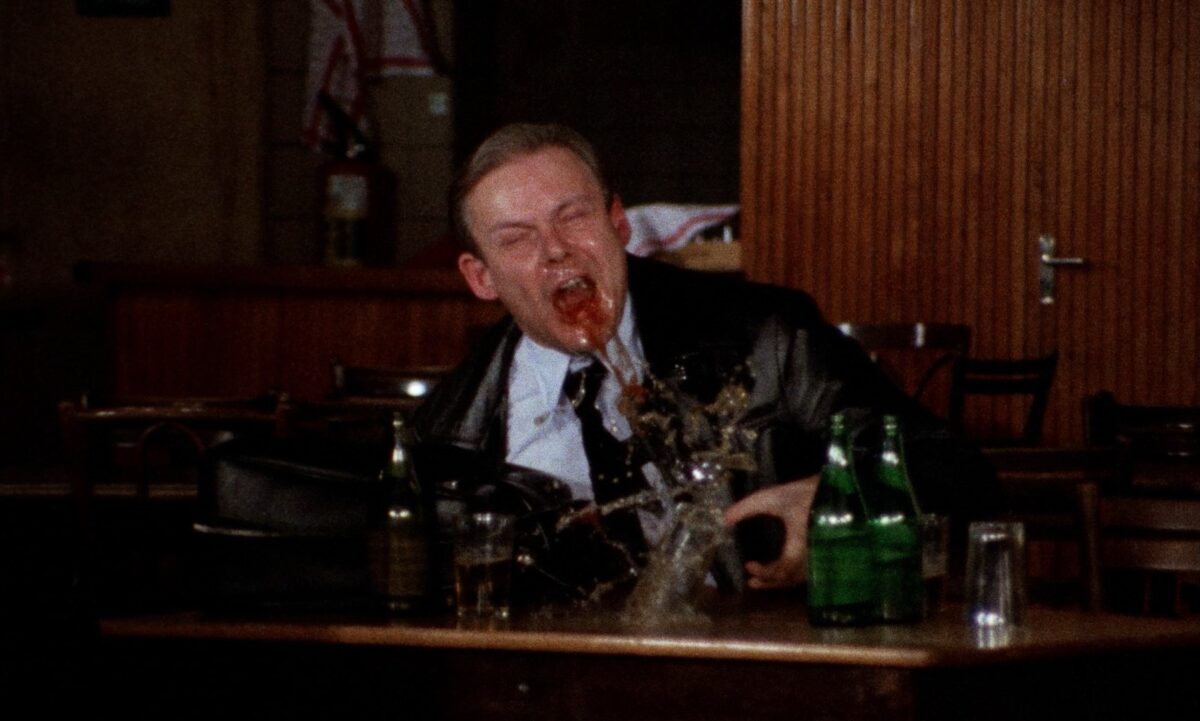
In a manner that is appropriate for the experience it aims to present, the graphic nature of the film is extreme in a sickening way. Where many exploitation films can leave us feeling queasy in their handling of such material — often allowing room to wonder if the filmmakers were secretly, or not so secretly, getting off on the depravity they were staging — Thriller feels much more deliberate and serious in its intentions. The film’s treatment of Madeleine’s revenge is grisly, yet it drains the momentum that most films of this sort rely on to move the story forward. The brutality is more morbid than thrilling, even down to the means of how certain scenes or effects were shot. For instance, the corpse of an actual suicide victim was used for the closeup of Madeleine’s eye being mutilated by Tony; the scalpel work is done by the irresponsible doctor who lent Vibenius the body. It casts a chilly naturalism over the already horrific scene even for those unaware of the circumstances. Hardcore sex scenes, shot with stand-ins that play out in uncomfortable closeups, were inserted and they repeat over and over to put us through the nightmare routine that Madeleine is subjected to.1 Even scenes of Madeleine shooting up feature shots of real injections into Lindberg’s arm with salty water acting as a stand-in.
Related: Read about Roger Watkins’ The Last House On Dead End Street (1977)
Throughout its first two acts, Thriller drags us down to the depths with Madeleine. The film then refuses to give us any form of release once she begins her streak of vengeance. This is an unrivaled bleakness; cruelty begets cruelty with no salvation for anyone. The villains get what they deserve, and Madeleine is certainly not treated as a defenseless victim, but there is no illusion that our hero will ever find lasting peace after all she has been through. The abuse Madeleine suffers during her captivity takes place in montage after montage. The repetition wears on us to a despairing point beyond shock. And despite the film’s title, it is not aiming to “thrill us” once Madeleine begins taking her revenge. The treatment of the violence in the final act of Thriller is Muybridge-like. It levels the action and revenge elements down to motion studies. The scenes of Madeleine inflicting violence upon her enemies are depicted in super slow-motion2 and function not as propulsive action sequences but as narrative pause points that drain out the drama and leave us with visions of startlingly pure expressions — of fear, vulnerability, panic, and horror on the part of the victims, and undeterred focus, determination, and stoicism in Madeleine — drawn out and materialized in their most simplistic and intensified forms. Temporality is manipulated through the heavy stylization of each murder she commits — the slow-motion, the paint-like blood streams curling through space — to sink us into every choice and practiced maneuver she makes.
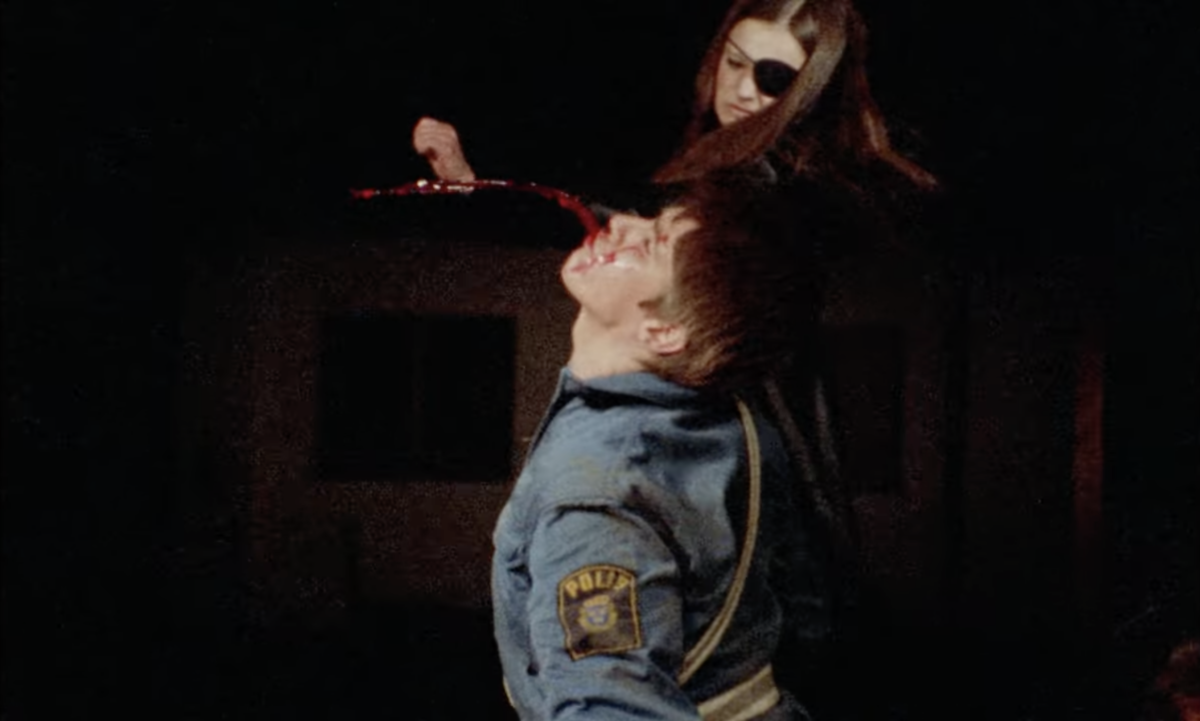
Thriller isn’t a film that allows us to remove ourselves from the violence and horrifying events taking place on screen and just enjoy the show. Even basic scenes such as Madeleine driving between killings towards the end of the film come to feel like they are warping the narrative. As she careens down a country road, she begins destroying other vehicles and swerving every which way for nearly comical acts of destruction. The film briefly becomes something like a Tati or Bresson film. Shifting into this new stylistic register brings out a new shade to the ultra-cool Madeleine. It evokes something else boiling beneath her controlled exterior that may never be purged through revenge; the film here hints at a wildness to her pain that threatens to be unleashed and take over once her mission has been completed. In this strange driving interlude, we see what a brief lapse of composure could mean for Madeleine. It casts a shadow over the film’s finale and makes her last act of retribution not so much a triumph as a potential threshold to a life of violence less controllable. It leaves us asking where that energy will go once her targets have all been eliminated. Where will she focus when there are no particular faces attached to her anguish?
Vibenius’ film was in fact a commercial success, but in ways the filmmaker never could have predicted. Thriller caused quite a stir when it premiered at Cannes in 1973. Riding high on its status as a banned film in its home country, stunt fights were staged on the beach and promotional eye patches were handed out to festivalgoers. It went on to do solid business in America in a heavily truncated and altered cut distributed by American International Pictures.3 But Vibenius never saw any of its earnings as money was never paid out following a deal made between a law firm and AIP. In Thriller‘s wake, Vibenius tried to get a more serious, non-exploitation project off the ground but was unsuccessful. He returned to the grindhouse with 1975’s Breaking Point and found himself on the banned film list again.
Thriller was brought to life by a frustrated artist caught in a contradictory position — one of being forced to compromise, yet unwilling to make anything other than a truly uncompromising work. Coming from that place of unrewarded ambition and bitterness, Thriller opens an abyss through the screen for us to peer at humanity’s wickedness and its most irredeemable qualities.
Purchase Thriller – A Cruel Picture from Vinegar Syndrome or Amazon
Stay up to date with all things Split Tooth Media and follow Brett on Twitter and Letterboxd
(Split Tooth may earn a commission from purchases made through affiliate links on our site.)
- According to Thriller – A Cruel Documentary (2022), these inserts were primarily used with the intention of getting the film banned as a means of publicity. The film was successful in being censored, but for its violence rather than its sexual content.
- Thriller’s action scenes were shot at 3,000 frames per second with cameras that were used by Swedish intelligence forces to study missiles.
- This version, titled They Call Her One Eye, is 15 minutes shorter than the original cut. It speeds up the action, removes the hardcore inserts, and almost entirely changes the tone and rhythm of the film. It is clearly aiming to “entertain,” which, to me at least, doesn’t feel appropriate for such a film. This version of the film is also available as part of Vinegar Syndrome’s 2022 release ofThriller.

